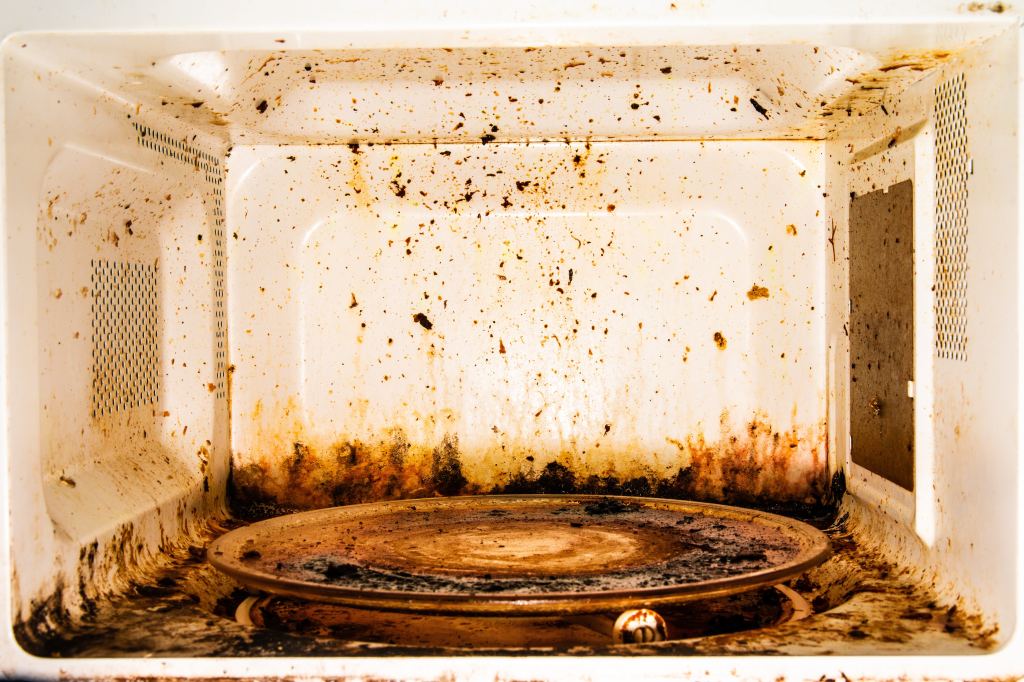Wafts of warmed fish can look like the most toxic mines in the office kitchen, but there are actually greater risks waiting in the microwave.
Experts say be careful from the office rest room, and the microwave in particular, which may seem harmless, but it may actually get sick.
“By 2am, food waste from breakfast and lunches are built inside, creating an invisible layer of pollution,” said Sarah Jeffries, an instructor in the first aid course in the work.

“At this point, warmth and humidity make it a breeding soil for bacteria, which means that someone who repeats his meal is at a higher risk of food born.”
A 2012 study collected nearly 5,000 individual swabs from office buildings containing more than 3,000 employees and found that the most filthy areas were rest rooms and kitchens.
“People assume that baths have more germs,” forbes told Dr. Charles Gerba, a professor of virology at the University of Arizona.
“Many studies have been done on the desktop work area, but the resting room is bypassed. Usually the restroom is a point of transfer of germs to the workplace; people eat lunch there,” he said. “You are dealing with a restaurant unregulated in many ways.”
Moreover, a 2024 study found that microwaves in common environments such as office rest rooms often contain bacteria usually found in human skin, such as staphylococci.
Other bacteria often found in office microwaves include Salmonella and E. coli. While all this bacteria should be killed at high temperatures, uneven heating – an infamous microwave issue – can leave some areas of dangerously underestimated food.
To minimize health risks, Jeffries suggests to do the following when using the office microwave.

Avoid heating food after 2pm
If you can eat earlier during the day, do so. Otherwise, just catch a snack or something that does not need to heat up.
Cover your food
Covering your food with a safe microwave lid or paper towel can reduce the spread of food spraying. Be sure to use safe microwave pots.
Stir and rotate halfway through the heat
Stir your food in the middle of the road to avoid cold spots where bacteria can bloom. If the microwave does not have a rotating twist, periodically pause to rotate the container by hand.
Make sure it’s the right temperature
Your food should reach an internal temperature of at least 165 ° F (74 ° C), which is the temperature recommended by USDA to kill the most harmful bacteria.
Delete it before using it
Giving the microwave – including door handle, buttons and inner walls – a quick cleaning with disinfectant wiping will get rid of germs and, like a stubborn, will probably bring you your colleagues.
Avoid high -risk foods
Be careful when refreshing raw or partially cooked foods, seafood or eggs, which are more prone to bacterial growth if not fully heated.
Post a reminder
Finally, while no one wants to be “that person”, you can encourage your office to implement a regular cleaning schedule or post a sign reminding your colleagues for the best practices.
As Jeffries said, “Most people assume that the office microwave is harmless, but without proper cleaning and safe heating practices, it can quickly become a hidden health risk.”
#Hidden #health #risk #intercepted #office #microwave
Image Source : nypost.com